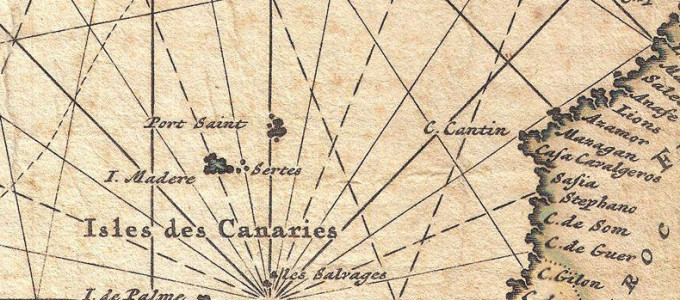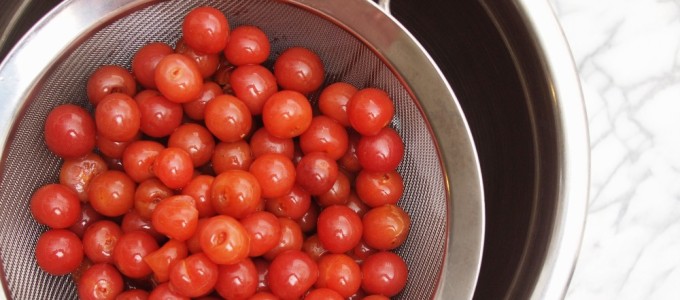There’s a moment in Edith Wharton’s piercingly funny, devastatingly beautiful novel, The Age of Innocence, when Mr. Sillerton Jackson — consummate dinner-guest and even more consummate gossip — weighs the relative burdens and benefits of dining in the home of the Archer family. The food, he muses, is inevitably far from good. But the conversation is sure to be fascinating. And at least — luckily, he thinks — the Archer Madeira had gone round the Cape.
I’ve read The Age of Innocence many times over the years, and even taught it. But that comment — that at least the Madeira had gone round the Cape — has always confused me. Because what I’ve always known about Madeira wine is that it is very sweet (sort of like port), and that it is either very bad or very expensive (neither of which holds a whole lot of appeal). And nothing else about it has seemed particularly relevant to my life, or to my tastes.

